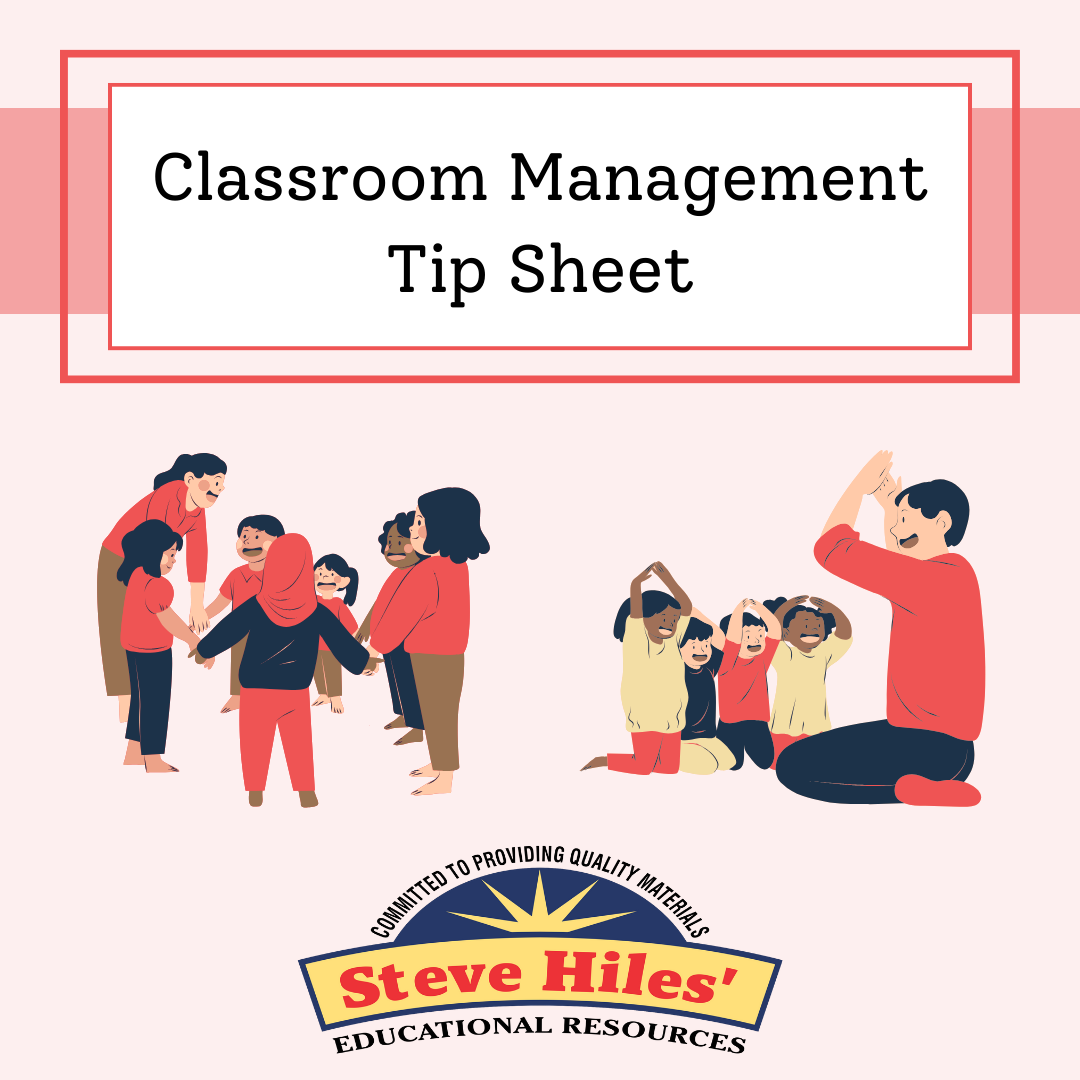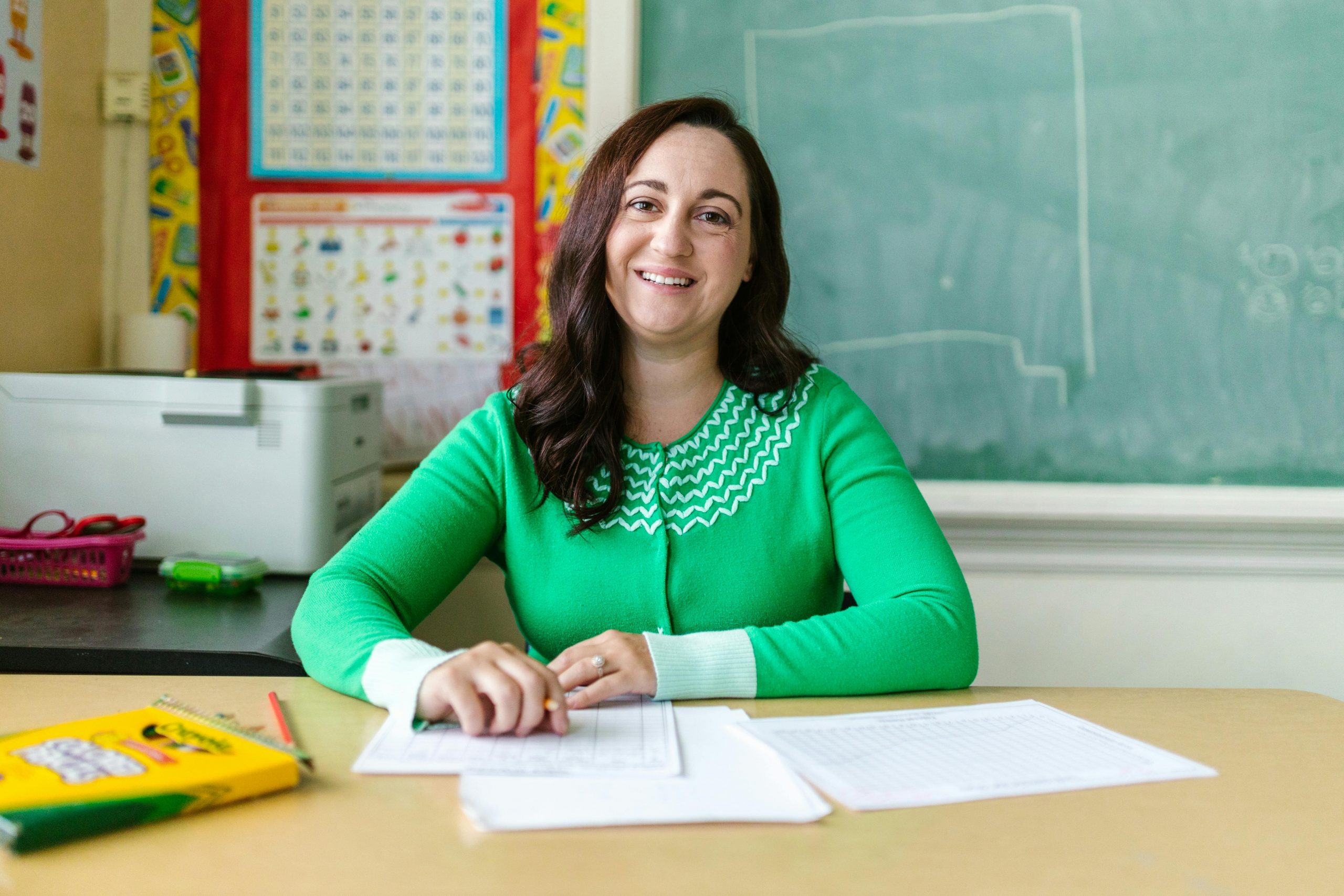The Pinterest Trap for Teachers
Ever set up your classroom using Pinterest ideas—only to realize it looked amazing but teaching in it felt impossible?
That was me in my first year. The colors matched, the borders looked sharp, and the space was Instagram-worthy. But once the students came in, nothing worked the way I needed.
Here’s the deal: by the end of this read, you’ll know why Pinterest classrooms often fail—and how to design one that actually supports teaching and learning.
Why Pinterest Fails in Real Classrooms
Here’s a crazy fact: 90% of teachers admit they’ve tried to copy something from Pinterest for their classroom.
The catch? Most of those “perfect” classrooms are staged. No kids. No backpacks spilling out. No pencil shavings stuck to the rug. It’s like walking through a model home—you’re not seeing what happens when real life moves in.
I once set up a Pinterest-inspired reading nook with pillows, rugs, and twinkle lights. Within two days, the pillows smelled like Cheetos, the rug had gum ground in, and the lights? Dead batteries.
That’s the first lesson: Pinterest prioritizes looks, but real classrooms have to prioritize function.
Classrooms Are for Learning, Not Magazines
Let’s be real—your classroom isn’t a magazine spread. It’s a workshop for brains.
When aesthetics take over, here’s what happens:
- Students don’t know routines.
- Supplies disappear or can’t be found.
- You end up drained, putting out fires instead of teaching.
One teacher I coached had bins color-coded to perfection, but they were stacked in a way students couldn’t reach them. Every day, she spent more time reorganizing than teaching.
Pretty can distract, while practical empowers. The key is to design your classroom around flow, not photos:
- Where kids line up.
- Where supplies live.
- Where you stand to see the entire room.
These choices make or break your sanity.
Systems Over Décor: The Real Game-Changer
Here’s another stat: teachers spend an average of 25 hours setting up their classroom before the school year starts.
Imagine if half of that time went toward systems instead of décor. Things like:
- A spot for no-name papers.
- A clear pencil sharpening routine.
- Consistent consequences for misbehavior.
That’s where design meets classroom management. When your space supports your systems, behavior problems shrink.
And here’s the tweak that saved me: I created a teacher zone. A place where I could monitor the whole room, keep supplies within reach, and redirect behavior without raising my voice.
Pinterest never told me that—but it worked.
Final Thoughts
Pinterest classrooms may be pretty, but they often ignore the daily realities of teaching. Focus on flow, systems, and design that supports instruction.
If you’re a new teacher and want more practical strategies, check out my book Get Started on the Right Foot. For more design ideas grounded in research, Edutopia offers excellent classroom setup tips. Build a classroom that works for you and your students—not for Pinterest.









